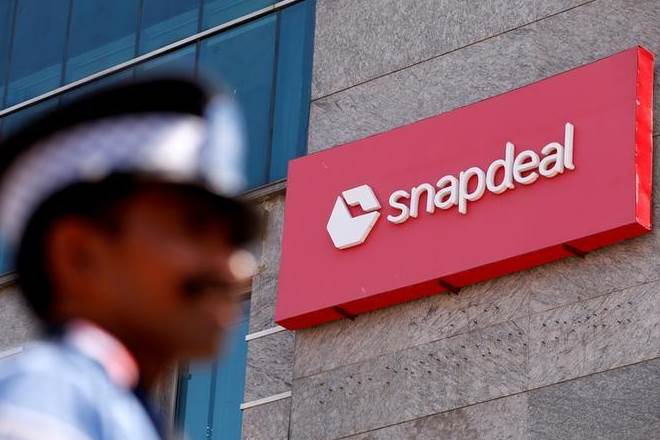Snapdeal, once a close competitor to Flipkart and Amazon in the battle for e-commerce supremacy, has been growing steadily in its new avatar of Snapdeal 2.0 (since its merger with Flipkart failed around mid-2017) focusing on its core e-commerce business that it is now eyeing to strengthen in tier-II and tier-III cities of India.
Matchmaking
Snapdeal is on-boarding local sellers “who understand” customers in tier-II and tier-III cities and hence offer products “that is relevant” for such customers, PTI reported citing Snapdeal’s Senior Vice President – Corporate Affairs and Communications Rajnish Wahi as saying to reporters in Hyderabad.
“Snapdeal is stronger in tier-II and tier-III cities. Metro cities are already overcrowded by the brands while Amazon and Flipkart are also focusing on these cities through nuclear programmes such as onboarding local distributors etc. If Snapdeal has better understand of users in these cities then it is a logical logical step for them to maintain sustainable growth coming from these cities,” Pavel Naiya, Senior Analyst at Counterpoint Research told Financial Express Online.
To enhance presence in tier-II and tier-III cities, Snapdeal has already added around 50,000 sellers on its platform to offer products at a price point that customers are looking at.
These customers were looking (products) at a certain price range and if they find them with ample choice they will (come) from tier-II and III and beyond, said Wahi. With 50,000 new sellers, Snapdeal total seller base stands at 5 lakh in India.
“Having a regional focus means partner tie-ups, lower product targeting etc. For instance, in the case of smartphones, the average selling price is lower in these cities,” another Senior Analyst at Counterpoint Hanish Bhatia told Financial Express Online.
Private Labels at Bay
This looks apparent as Snapdeal has decided to keep private labels at bay as it said that private labels don’t serve the interest of registered sellers.
While the margins in private labels seem higher but that is “not in sync with our philosophy,” said Wahi.
“Large e-commerce brands like Amazon and Flipkart target to become universe for everything where they focus more on products above let’s say Rs 10,000 category. So in terms of user profiling, it is more suited for Snapdeal to go beyond crowded urban space,” said Naiya.
According to Wahi, while Andhra Pradesh and Telangana have huge seller base on Snapdeal, its largest seller base comes from places such as Delhi and Gujarat.
Snapdeal might not sell private label products such as Addidas shoes but “it would rather partner with regional or local brands to push similar products,” said Bhatia.
Snapdeal currently has around 600 categories and charges 5-20 per cent commission from sellers. It ships around 2 lakh packets every day across segments, said Wahi.


